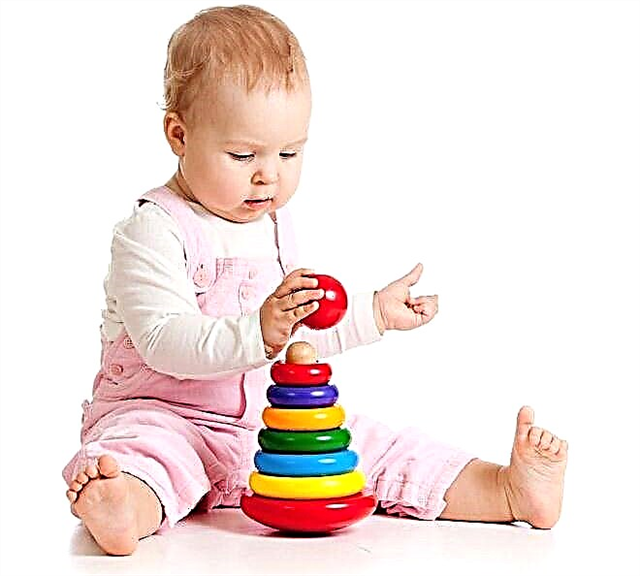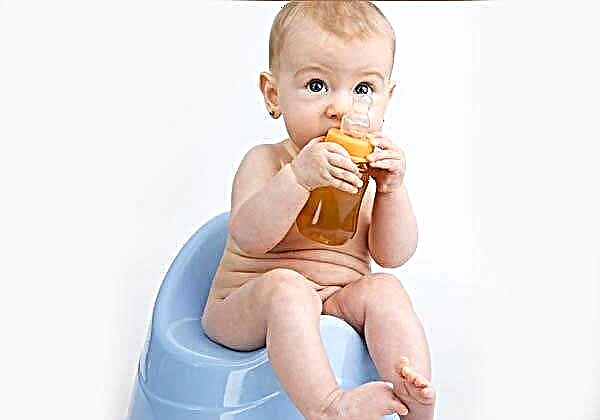
High body temperature in a child in most cases acts as a protective reaction that helps get rid of germs and viruses. If it does not exceed 38 degrees, it is not recommended to lower the temperature with medicines. At higher numbers, antipyretic drugs are prescribed for children.

Doctors most often prescribe medications containing paracetamol or ibuprofen, but in critical situations, the use of Analgin is also acceptable. If the temperature needs to be brought down quickly and efficiently, a so-called lytic mixture is used. What drugs are included in its composition besides Analgin and can such a mixture be used in the treatment of children?
What is a lytic blend?
This mixture, also called "triad", is a combination of three medicines:
- An analgesic antipyretic medication, which is usually Analgin. It can be replaced with Paracetamol or one of the ibuprofen-containing drugs.

- An antihistamine drug, which is most often Suprastin. It can also be diphenhydramine.

- Antispasmodic, which is mainly used as No-shpu. This medicine is also able to replace papaverine.

These medicines can be used both in injectable form and in tablets. In addition, it is possible to use not three drugs, but a combination of only two drugs, for example, Analgin with Suprastin or Analgin with Diphenhydramine.
How does it work?
Once in the patient's body, the lytic mixture has the following effect:
- Thanks to the presence of Analgin, she provides a rapid decrease in temperature and an analgesic effect.
- No-shpa causes vasodilation and helps eliminate spasm, which is especially important in hyperthermia, which is called malignant or "pale".
- Suprastin in the mixture is responsible for the elimination of edema, and also has a sedative and hypnotic effect. In addition, it reduces the risk of an allergic reaction to the use of "triad".
When is it used?
The combined use of Suprastin, No-shpa and Analgin is in demand:
- With "white" fever, symptoms of which are cold to the touch limbs, pallor of the skin, lethargy of the child.
- At a very high body temperature (over + 39 ° C).
- With poor tolerance of fever or its danger (for example, with a high risk of febrile seizures), even if the temperature is below + 38.5 ° C.

From what age can you apply?
The mixture "Analgin, Suprastin and No-shpa" is approved for use in the treatment of children over a year old:
- Analgin is used in pediatrics from 3 months of age.
- No-shpa is prescribed for children over a year old.
- Suprastin is approved for use in children over 1 month old.
Sometimes the following analogs can be used:
- Diphenhydramine injections is used in children aged 1 year and older, and in tablets - from 7 years of age.
- Papaverine is allowed to be used in children over 6 months old.
Contraindications
The combination of drugs Analgin, Suprastin and No shpa is not used:
- With intolerance to any of the components.
- With violations of hematopoiesis.
- For serious liver disease.
- With renal failure.
- With bronchospasm.
Since the risk of side effects and allergic reactions is much higher with the use of the lytic mixture in the form of an injection, only a doctor should give an injection to a child.
How is the injection done?
The injection should be performed with a disposable sterile syringe, and the injection site should be wiped with alcohol. Ampoules with drugs are slightly warmed in the hands, and then opened, collecting all the drugs with one syringe. The mixture is injected deep into the muscles, so the needle in the syringe must be long. If drugs get under the skin, it can cause severe irritation and even inflammation.

Dosage
In tablets
If tablets are used, then usually 1/4 of each drug is taken, however, before use, it is better to clarify the dosage for a particular child, because the effective and safe dose for children of different ages will be different.
- Analgin under the age of 8 years is calculated by weight, multiplying the child's body weight in kilograms by 5-10 mg. In this case, a single dose should not be higher than 100 mg for children under 3 years old, 200 mg for children 4-7 years old and 300 mg for children 8-14 years old.
- Suprastin tablets are given to babies up to one year old by 1/4, children over one year old - from 1/4 to 1/2, and at the age of six years old - half each. If they are replaced with Diphenhydramine, then such a medicine is given at the age of over 7 years from 1/4 to half of one tablet per dose.
- No-shpy tablets are given to children 1-6 years old for a quarter or half of a tablet, at the age of 6-12 years - 1 tablet each, and children over 12 years old can be given 2 tablets at once. If No-shpu needs to be replaced with Papaverine children's tablets (they contain 10 mg of the active substance), then children under 2 years old are given 1/2 tablet, at the age of 2-4 years - from half to a whole tablet, a child 5-6 years old - 1 each a tablet, at 7-9 years old - 1-1.5 tablets, and at the age of over 10 years - 1.5-2 tablets per dose.

In the injection
Doctors calculate the dosage of each of the components of the lytic mixture in injection as follows:
- Analgin give 5 mg of active substance per 1 kg of the child's weight.
- Suprastin administered to children under one year old at a dose of 0.25 ml, children 1-6 years old - 0.5 ml, and over 6 years old - from 0.5 to 1 ml. If diphenhydramine is used, it is administered in an amount of 0.5-1 ml for children 1-3 years old, 1-1.5 ml for children 4-6 years old and 1.5-3 ml for children aged 7-14 years.
- No-shpu children under 6 years old are administered in a dose of 0.5-1 ml, and a child 6-12 years old - 1 ml of the drug. When using Papaverine at the age of 2 years, 0.25 ml is injected, at 2-4 years old - 0.25-0.5 ml, at the age of 5-6 years - 0.5 ml, a child 7-9 years old - 0.5 -0.75 ml, over the age of 10 years - 0.75-1 ml.




